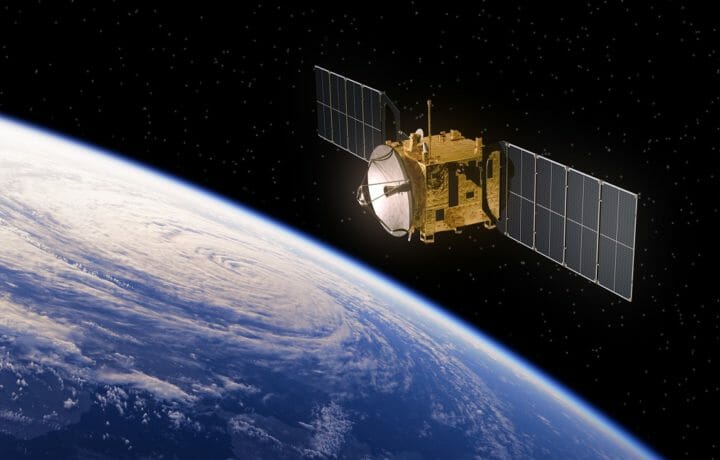On April 15 the Russian military tested its PL-19 Nudol, a direct-ascent anti-satellite (DA-ASAT) missile, which could be capable of destroying Low Earth Orbit (LEO) satellites. The system was designed to protect Moscow and other Russian cities from a missile attack, but also has the capability to become a satellite killer that can shoot down other satellites.
The missiles were developed and manufactured by Russian defense contractor Almaz Antey, which specializes in long range missiles, Popular Mechanics reported. As noted, this weapon was developed from the A-235 anti-ballistic missile system designed to protect Moscow from nuclear attack and could destroy incoming warheads at very high altitudes that are near or even in the LEO.
The move has been seen as a threat to U.S. space assets, and comes on the heels of Russia’s on-orbit testing, the U.S. highlighted in February – the COSMOS 2542 and COSMOS 2543 satellites.
“Russia’s DA-ASAT test provides yet another example that the threats to U.S. and allied space systems are real, serious and growing,” said Gen. John W. “Jay” Raymond, USSPACECOM commander and U.S. Space Force Chief of Space Operations. “The United States is ready and committed to deterring aggression and defending the Nation, our allies and U.S. interests from hostile acts in space.”
While Moscow has not commented on the U.S. Space Force’s claims, it has been reported that U.S. intelligence believe the Russians have conducted seven Nudol anti-missile since 2014, with the last coming in December 2018. The first two of those tests failed but the last six were considered to have been successful.
Military analysts have said that this most recent rocket was launched from the Plesetsk Cosmodrome north of Moscow and traveled 3,000km before splashing down in the Laptev Sea. It didn’t appear to actually hit any satellites.
The previous COSMOS 2542 and 2543 satellites had been seen as exhibiting the characteristics of a space weapon and conducted maneuvers near a U.S. Government satellite. Those moves could be interpreted as “irresponsible” and “potentially threatening” in any other domain, the Space Command noted.
“This test is further proof of Russia’s hypocritical advocacy of outer space arms control proposals designed to restrict the capabilities of the United States while clearly having no intention of halting their counterspace weapons programs,” Raymond added. “Space is critical to all nations and our way of life. The demands on space systems continue in this time of crisis where global logistics, transportation and communication are key to defeating the COVID-19 pandemic.”
Raymond also suggested it is in the shared interest and responsibility of all spacefaring nations to create safe, stable and operationally sustainable conditions for space activities. That included commercial, civil and national security activities.
Another worry with such tests – including those conducted by China in 2007 and India in 2019 – were that each could have added dangerous debris to the already cluttered LEO, and that could pose a danger to other satellites. The March 2019 Indian test reportedly created at least 60 large pieces of orbital debris that could have potentially hit the International Space Station and even put astronauts’ lives at risk.
A 2005 NASA study on debris had suggested, “The current debris population in the LEO region has reached the point where the environment is unstable and collisions will become the most dominant debris-generating mechanism in the future.”
The United States does have its own DA-ASAT platform, including the SM-3 series of ballistic missile interceptors and ground-based interceptors. These are all designed to destroy incoming missile warheads in LEO – and likely have anti-satellite capability as well. In 2008 the U.S. Navy’s USS Lake Erie launched a ship-based missile to destroy a failing National Reconnaissance Office spy satellite so as to ensure that the spacecraft would not pose a public safety threat during re-entry.




